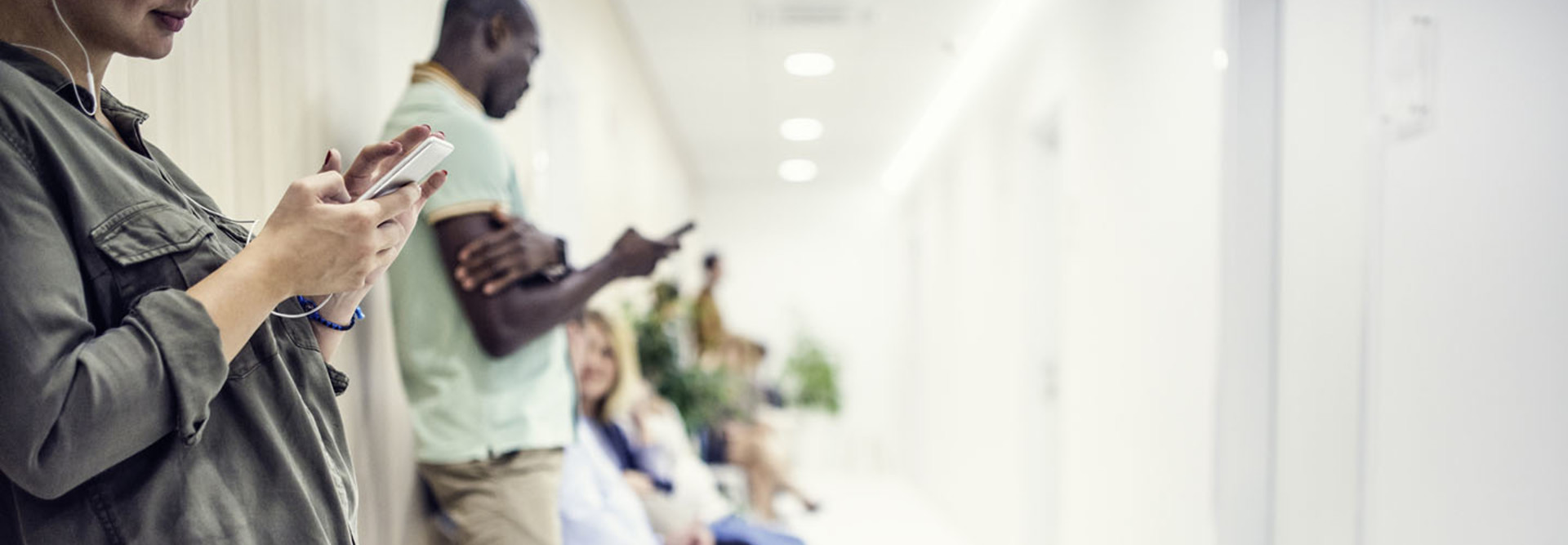Could Smartphones Fix the Patient-Matching Problem?
Typos, similar names and other simple errors are, in many ways, impeding accurate patient matching for providers everywhere. But these simple errors can have very real consequences.
“Patient identification errors often begin during the registration process and can initiate a cascade of errors, including wrong-site surgery, delayed or lost diagnoses, and wrong patient orders, among others,” provider organizations and health IT advocates wrote in a letter to Congress this year. It laid out the severity of the issue and called for government bodies to work with organizations on effective patient-matching solutions.
“These errors not only impact care in hospitals, medical practices, [long-term and post-acute care] facilities, and other healthcare organizations, but incorrect or ineffective patient matching can have ramifications well beyond a healthcare organization’s four walls,” the letter continues.
Inaccurate patient matching is pervasive across the healthcare industry, with a 2016 report from the Ponemon Institute and Imprivata finding that 86 percent of respondents had “witnessed or known of a medical error that was the result of patient misidentification.”
While everything from blockchain to artificial intelligence has been floated as a possible way to improve patient matching, a new study from think tank RAND Corporation and Pew Charitable Trusts pinpoints another tool in the pocket of nearly every patient that could help to fix the problem: phones.
DOWNLOAD: Learn how mobile tools can save time for both providers and patients alike!
Phones, Patient Engagement Could Improve Patient Matching
Smartphones and mobile phones, if used appropriately, could offer a promising approach to patient matching that would increase accuracy across the industry, according to the report released in August. Providers could “verify” patients’ mobile phone numbers, and patients could use apps during check-in to approve and update their information.
“Tools and methods that allow an individual’s mobile phone or smartphone to be used for improving medical record matching among different health providers appear to be particularly promising for a patient-empowered approach to the problem,” Robert Rudin, lead author and an information scientist at RAND, said in a statement. “But these methods will require development and testing.”
The report recommends that providers:
…advance a three-stage solution that leverages mobile phones and smartphones and aims to (1) improve the quality of identity information used for record matching, (2) establish new functionalities of smartphone apps to facilitate transfer of this information to providers, and (3) create advanced app functionality to further improve record matching and address other evaluation criteria (e.g., likelihood of adoption, sustainability).
But these tools alone probably won’t solve the patient-matching issue. An industrywide change will require that patients be more engaged with their medical information.
“We found no silver bullet for empowering patients to improve record matching,” Rudin said. “Engaging patients in solving the problem likely requires real-world pilot testing and evaluation of an array of approaches.”









